Market Growth Projections
The Global Food Anti-Caking Agents Market Industry is projected to experience substantial growth over the next decade. With a market value expected to reach 693.6 USD Million in 2024 and further escalate to 1613.3 USD Million by 2035, the industry is poised for a robust expansion. This growth trajectory indicates a compound annual growth rate of 7.98% from 2025 to 2035, reflecting the increasing adoption of anti-caking agents across various food sectors. The market dynamics are influenced by factors such as rising consumer demand for processed foods, technological advancements, and regulatory support for food safety.
Expansion of the Food Industry
The Global Food Anti-Caking Agents Market Industry is significantly influenced by the expansion of the food industry, particularly in emerging economies. As urbanization increases, there is a notable shift towards packaged and convenience foods. This trend necessitates the use of anti-caking agents to maintain product integrity during storage and transportation. For instance, the growing popularity of instant noodles and powdered seasonings has led to a higher demand for effective anti-caking solutions. Consequently, the market is expected to grow substantially, with projections indicating a rise to 1613.3 USD Million by 2035, driven by this expansion.
Rising Demand for Processed Foods
The Global Food Anti-Caking Agents Market Industry is experiencing a surge in demand due to the increasing consumption of processed foods. As consumers seek convenience, manufacturers are incorporating anti-caking agents to enhance the texture and shelf-life of products. This trend is particularly evident in the dairy and baking sectors, where anti-caking agents prevent clumping and ensure consistent quality. The market is projected to reach 693.6 USD Million in 2024, reflecting the growing reliance on processed food products. This demand is likely to drive innovation in anti-caking formulations, further propelling market growth.
Regulatory Support for Food Safety
Regulatory support for food safety is a significant driver of the Global Food Anti-Caking Agents Market Industry. Governments worldwide are implementing stringent regulations to ensure food quality and safety, which often necessitates the use of anti-caking agents in various food products. For instance, the approval of specific anti-caking agents by food safety authorities encourages manufacturers to adopt these additives to comply with safety standards. This regulatory framework not only enhances consumer confidence but also stimulates market growth as manufacturers seek to meet compliance requirements. The ongoing evolution of food safety regulations is likely to further influence market dynamics.
Consumer Awareness and Health Trends
Consumer awareness regarding food quality and health trends is increasingly impacting the Global Food Anti-Caking Agents Market Industry. As consumers become more informed about food additives, there is a growing preference for natural and organic anti-caking agents. This shift is prompting manufacturers to reformulate products to meet consumer expectations for healthier options. The rise of health-conscious consumers is leading to a demand for transparency in ingredient sourcing and formulation. Consequently, companies are investing in research and development to create innovative anti-caking solutions that align with these health trends, thereby driving market growth.
Technological Advancements in Food Processing
Technological advancements in food processing are playing a crucial role in shaping the Global Food Anti-Caking Agents Market Industry. Innovations in food technology enable the development of more efficient and effective anti-caking agents, which can enhance product quality and safety. For example, the introduction of natural anti-caking agents derived from plant sources is gaining traction among health-conscious consumers. These advancements not only improve the performance of food products but also align with the growing trend towards clean label products. As a result, the market is likely to witness a compound annual growth rate of 7.98% from 2025 to 2035.
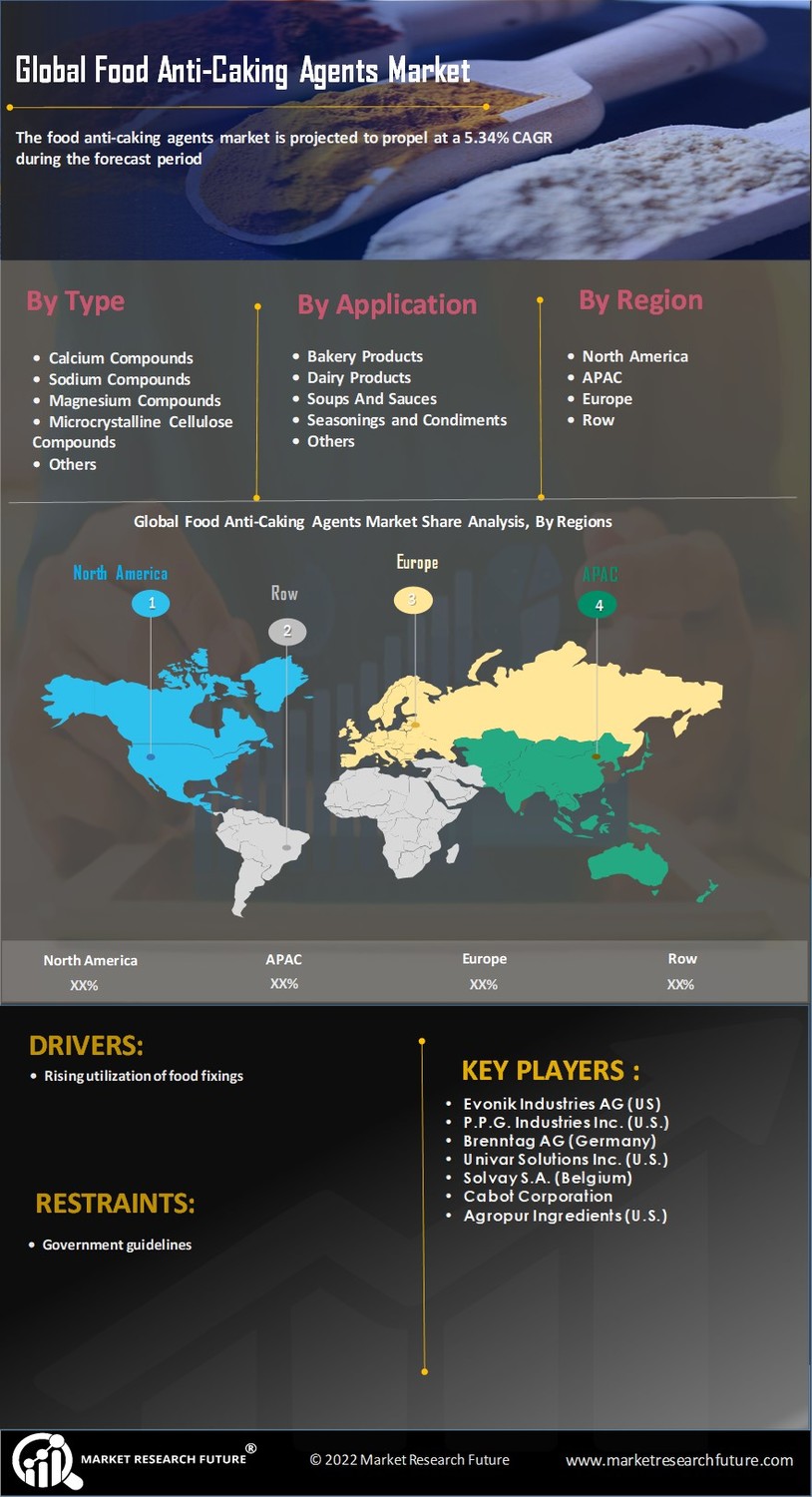

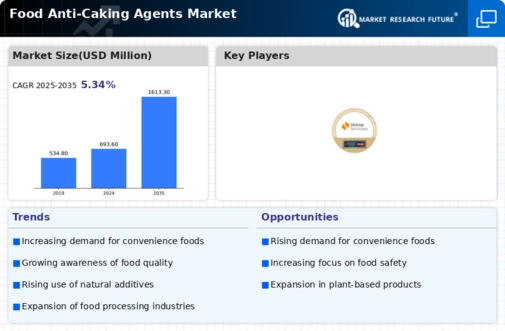
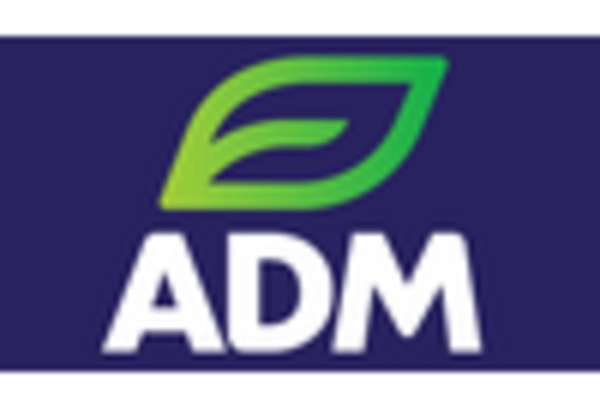


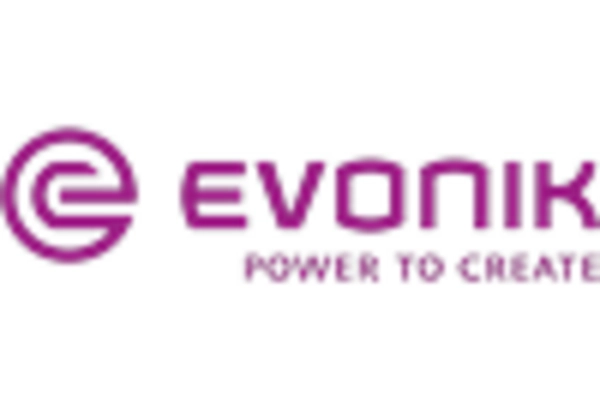
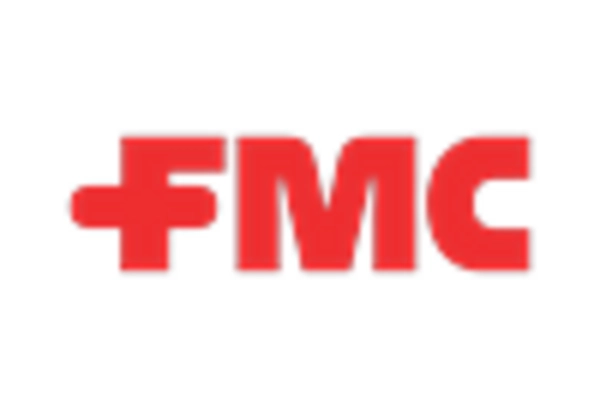









Leave a Comment